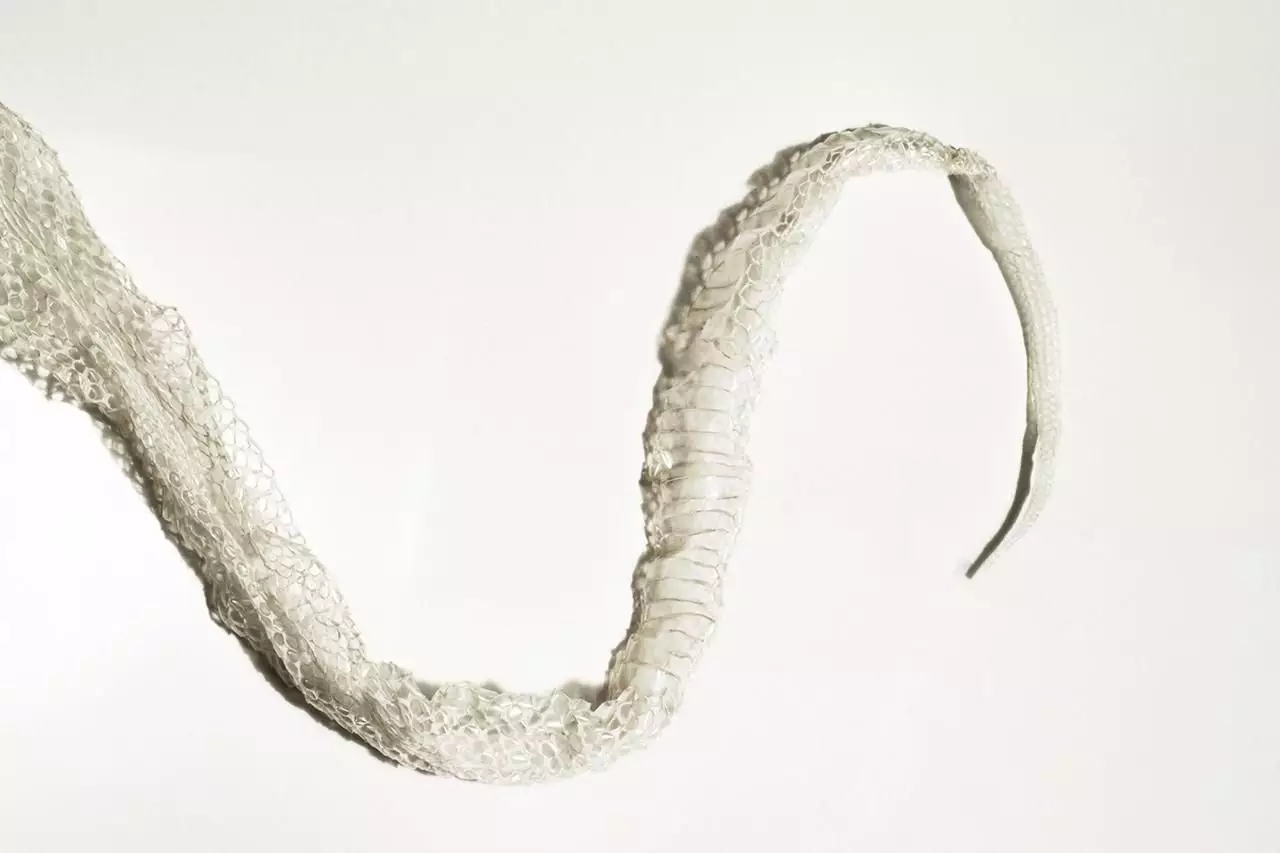Snakes, fascinating creatures that they are, have a unique physiological process known as ecdysis—an essential aspect of their life cycle wherein they shed their skin. While this process is entirely natural and vital for growth, it can pose challenges, as shedding is often a stressful experience for these reptiles. For pet snake owners, recognizing the signs of upcoming shedding and understanding how to mitigate related stress is key to ensuring a smooth transition. This article delves into shedding, its significance, and the best practices for caregivers.
Snakes regularly renew their skin to accommodate their growing bodies. Unlike humans, who lose skin cells in tiny amounts throughout the day, snakes shed their skin in one complete piece. The frequency of shedding varies significantly based on their age, growth rate, and environmental conditions. Juvenile snakes, being in a critical growth phase, may shed their skin as often as every few weeks. In contrast, adult snakes might only shed a couple of times per year or less frequently.
The entire shedding process, while a necessary part of health and growth, can be a source of stress. As a pet owner, observing the signs that foreshadow shedding can help you prepare for this naturally occurring event. Anticipating this phase not only makes the process smoother for your snake, but it also lessens any anxiety they might experience during this time.
Recognizing the Signs of Shedding
To effectively manage your snake’s shedding process, it’s essential to be familiar with the warning signs. Before shedding, a few physical changes might become apparent:
1. **Changes in Eye Color**: One of the first indicators is a noticeable bluish or cloudy film that develops over the snake’s eyes. This is due to a lubricant that forms beneath the skin, facilitating easier shedding. This ephemeral cloudiness typically clears up just before the actual shedding takes place.
2. **Dull and Hazy Appearance**: As the shedding time approaches, the snake’s skin may take on a dull, grayish hue and become less vibrant in its coloration. Additionally, you may notice a pinkish tint on the belly, signaling the new skin beneath.
3. **Behavioral Changes**: Your snake may become reclusive, seeking out darker or more confined spaces in its environment. Coupled with a decreased appetite, the changes can hint at the impending shedding phase.
4. **Increased Agitation**: Some snakes may exhibit signs of defensiveness or heightened skittishness, particularly when visibility is compromised.
5. **Seeking Rough Surfaces and Water**: Snakes often exhibit the instinctual behavior of seeking rough surfaces to help dislodge their old skin. They may also prefer to soak in water, using the moisture to aid the shedding process.
As a compassionate caregiver, there are concrete steps you can take to assist your snake during this period. Here are recommended practices:
– **Provide Suitable Textures**: Enhance your snake’s enclosure by introducing smooth rocks or driftwood, enabling them to rub against something as they shed. Avoid sharp or jagged edges to prevent injuries.
– **Maintain Humidity**: Moist environments are vital. Ensure your snake’s habitat maintains appropriate humidity levels, creating a comfortable atmosphere for shedding. A shallow water dish or a humidity hide filled with damp sphagnum moss can be particularly beneficial.
– **Limit Handling**: While it may be tempting to engage your snake during this period, it’s crucial to minimize handling as much as possible to prevent additional stress. If interaction is necessary, do so with utmost care, as the newly forming skin is particularly sensitive.
– **Monitor Feeding Habits**: It’s typical for snakes to forgo meals during shedding. Respect their appetite changes and provide smaller portions if they do show interest in eating. This helps conserve energy for shedding rather than digestion.
Occasionally, a snake may encounter difficulties during the shedding process, known as dysecdysis. Signs of incomplete shedding include retained eye caps or patches of old skin that may not have come off entirely. It is imperative for pet owners to address any recurring issues surrounding shedding.
Common contributors to shedding problems may include inadequate humidity, unsuitable temperatures, or habitat configurations that don’t allow for sufficient skin removal. It is advisable to reassess the conditions of your snake’s enclosure to ensure optimal circumstances during the shedding phases.
Persistent problems with shedding can also signal underlying health risks. Issues may stem from parasitic infections, abscesses, or nutritional deficiencies, all of which require veterinary attention. Consult with an exotic animal veterinarian to discuss any concerns and explore appropriate treatments.
Taking the time to understand your pet snake’s shedding cycle is crucial to fostering a healthy environment. By recognizing the signs, facilitating a stress-reduced shedding process, and promptly addressing any health issues, pet owners can enhance their snake’s well-being. Each shed serves a purpose, shedding light not only on the snake’s growth but also showcasing the bond shared between caretaker and pet.

